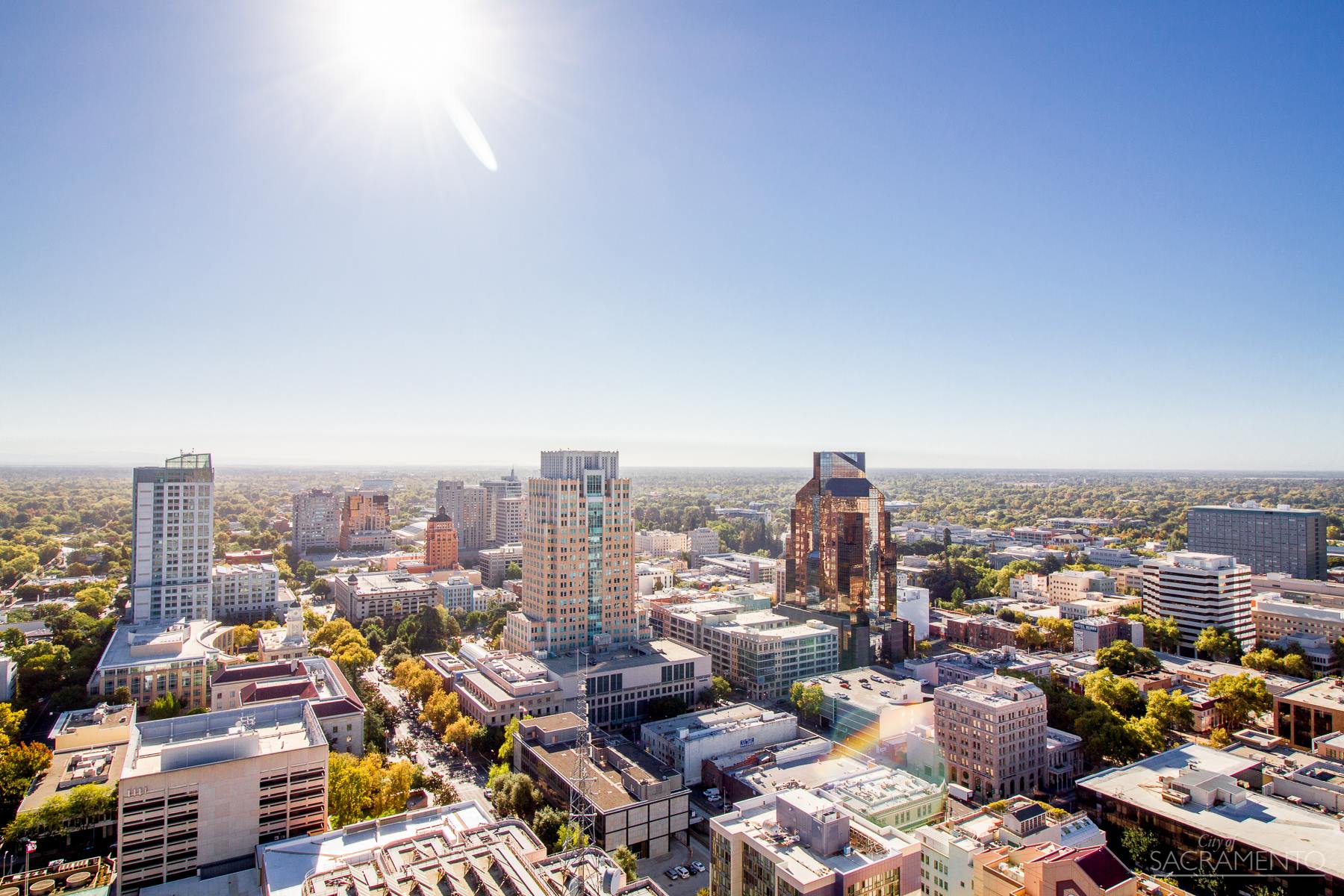By Pooja Bachani Di Giovanna, Assistant Director of Davenport Institute
 We seem to be in a constant state of revaluation and innovation from the ways we work to the ways we socialize and come together as a community.
We seem to be in a constant state of revaluation and innovation from the ways we work to the ways we socialize and come together as a community.
A year ago, the world went remote in the hopes that it would only be for a limited period of time. Unbeknownst to community members and local government alike, the temporary situation became the new normal. At the heart of this situation is active engagement to manage crisis response and build relationships in the local community. That engagement process is continually evolving through innovation and community driven practices.
In a time of crisis, it is important to meet community members where they are on all fronts. Crisis engagement, like all good public engagement, requires honest communication and open dialogue. Community members, particularly during the pandemic, want to feel safe and heard. Furthermore, they need to be able to connect with each other because of their shared experience as a community.
The crisis situation brought on by the pandemic created an opportunity for local governments to reimagine the way that community needs are met. In a conversation hosted by the Institute for Local Government titled “The Role of Local Government in Times of National Crisis”, various city managers came together to share how local governments continue to pivot engagement to meet the needs of our virtual times.
Some virtual elements of public engagement will likely continue past the stages of reopening. Former Santa Monica City Manager and Davenport Institute Advisory Council member Rod Gould notes adaptation does not begin and end with the pandemic.
“Let’s continue the things that are working. Let’s continue to use flex schedules for our employees. Let’s do more e-government. Let’s find continued ways to help small businesses in town to continue to survive.”
Pat Martel, the City Manager for Daly City noted that local officials had to pivot to ensure the safety and health of their communities while continuing to run government business. City managers and local government officials are advised to continue to adapt and innovate and continue things that are currently working.
Looking ahead, it is clear that we are in a period of innovation and creative destruction. Local governments are finding different ways to meet their residents in the new normal, whether it is staying virtual, returning to in-person, or exploring a hybrid model. Regardless of the model, we need to continue to ask, “who is not at the table? Who is not showing up? And then go figure out by talking to those folks what it will take to get them to the table so their voices can be heard,” said Gould.
The most important thing that local agency leaders can do right now is to listen to determine community needs and best engagement practices. The methods that were effective pre-pandemic may no longer be the best fit and that is absolutely alright. The goal is to connect with residents and while the “how” is bound to change, it is encouraging to see how local governments are continuing to innovate.
In an effort to ensure that local government practitioners understand the best practices for connecting with community members, The Davenport Institute offers a Professional Certificate in Advanced Public Engagement for Local Governments. The certificate program offers five sessions on topics covering a deep dive into public engagement, technology and public engagement, engaging marginalized communities, navigating difficult conversations, and new innovative ways for leadership. The next certificate opportunity will be offered virtually this Summer 2021. For applications and more information on the certificate program, please visit the Davenport Institute Certificate page here.





